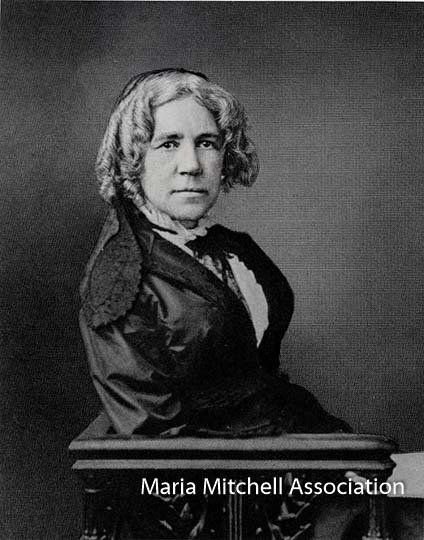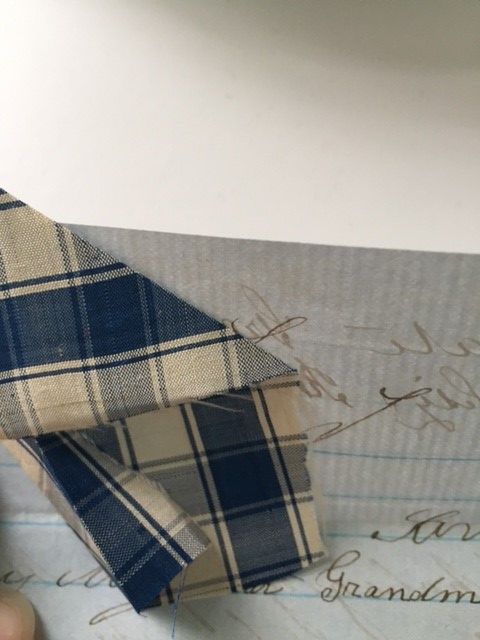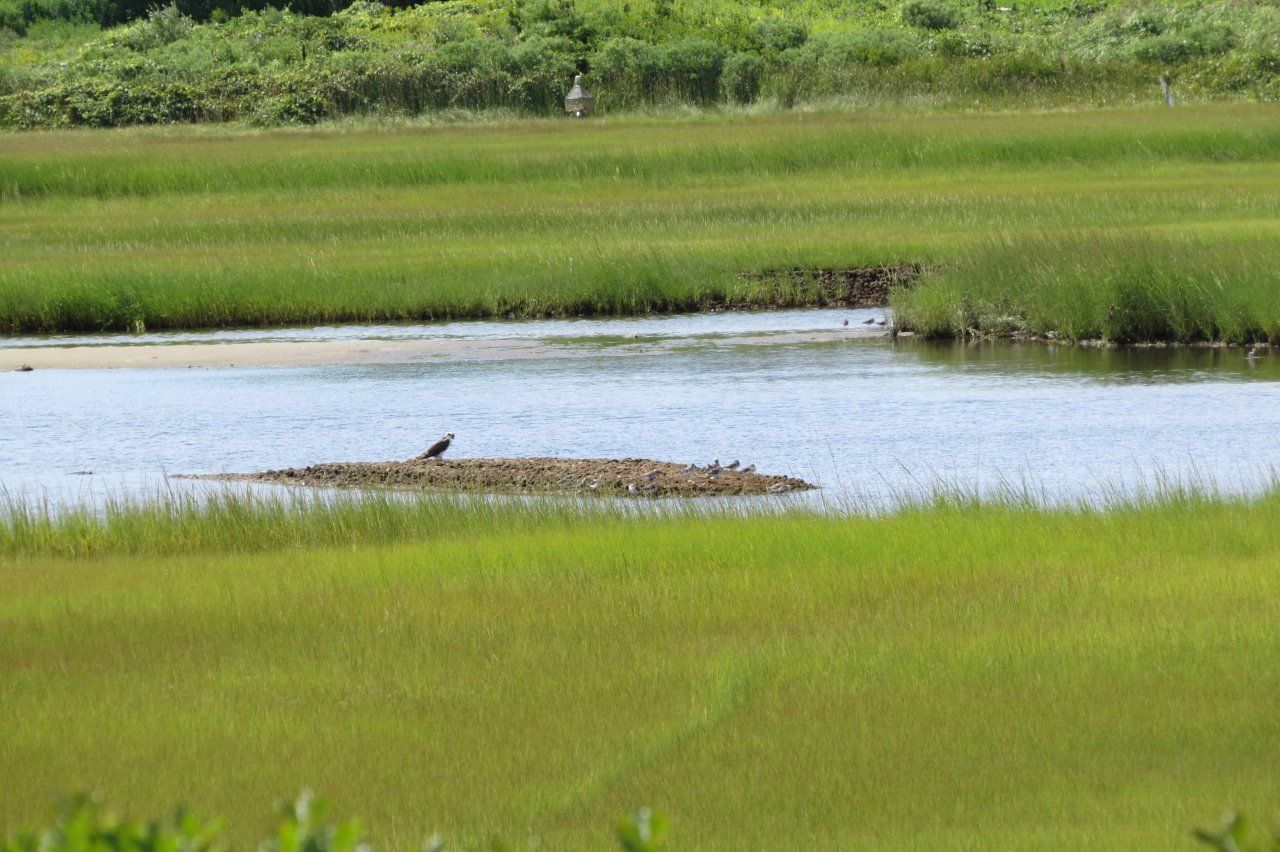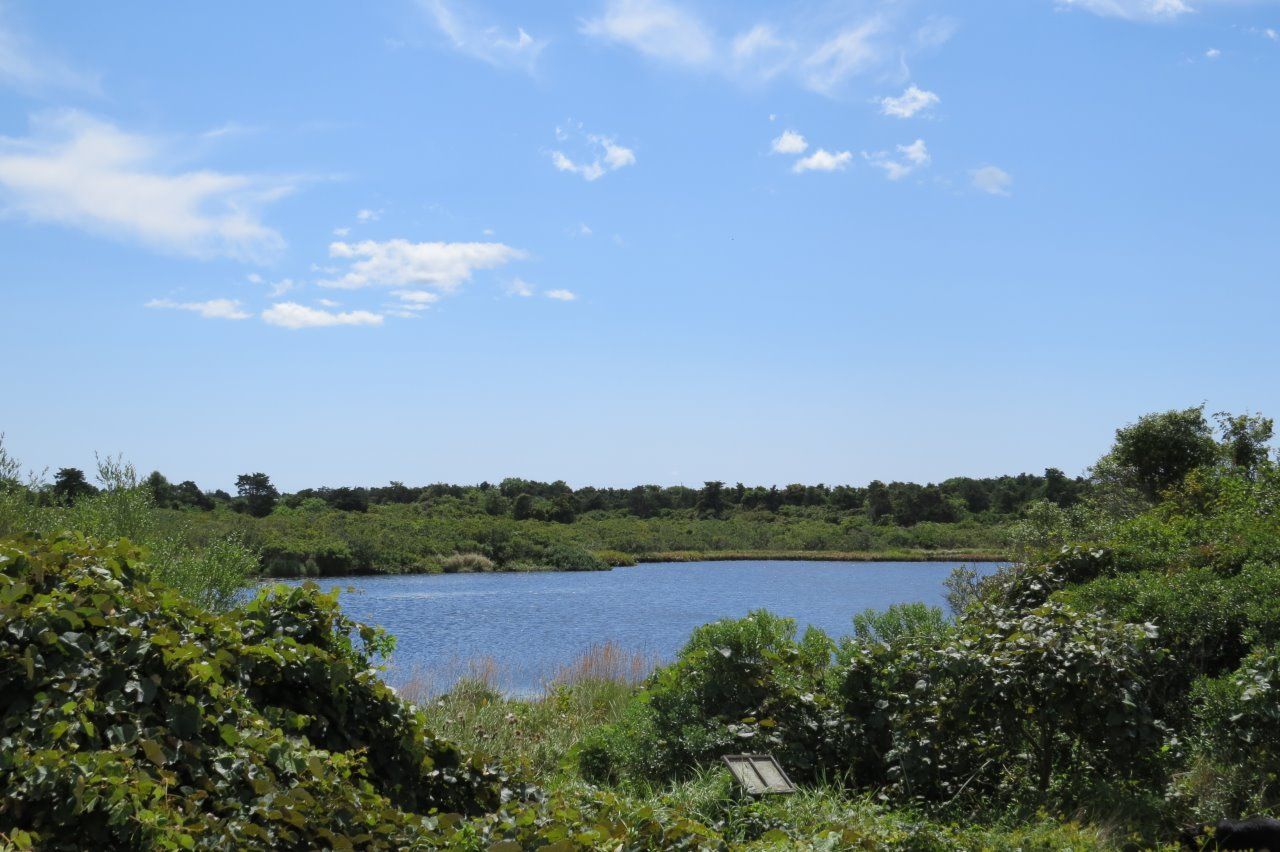Keep Calm and Bird On: September 2020
“If you don’t look, you don’t see. You have to go and look.”
-Edith Andrews
There is always something worth seeing at the University of Massachusetts Nantucket Field Station and adjoining Nantucket Conservation Foundation land at 180 Polpis Road. With ninety acres stretching between Polpis Road and Nantucket Harbor, there is a lot of varied habitat. An extensive saltmarsh, one of the least damaged on the east coast, provides lots of shorebird interest, as well as nesting areas for Willets and Saltmarsh Sparrows. Whimbrel, Yellowlegs, and Dowitchers, as well as Great and Snowy Egrets, rest, feed and stage here as they gather and begin to show signs of migratory restlessness. The estuary and beach at the north end of the property provide lots of saltwater interest, with Gulls, American Oystercatchers, Black-bellied Plovers, and other species.
A fresh water pond (see image below), dug by a former owner of the property, attracts swallows, ducks, and other wetland-loving birds such as Common Yellowthroats and Yellow Warblers. Black-crowned and Yellow-crowned Night-Herons sometimes roost in trees along the edges.
A maze of trails winds its way through the hilly interior, giving access to secluded tangles attractive to songbirds. As fall arrives, migrating warblers, vireos, and kinglets find food and shelter. Scenic vistas of pond, marsh and Harbor open out unexpectedly, with the occasional seat or bench for a rest.
Being quiet and still is a good way to become intimate with a landscape and its inhabitants. It usually takes about ten minutes for birds to resume their activity after human disturbance. Waiting unobtrusively creates an opportunity to listen to their sounds, watch as they interact, or simply work their way through the foliage.
There have been some historic sightings over the more than fifty years since the University of Massachusetts began operating the Field Station. So, who knows? You might make the next one.
Recent Posts







